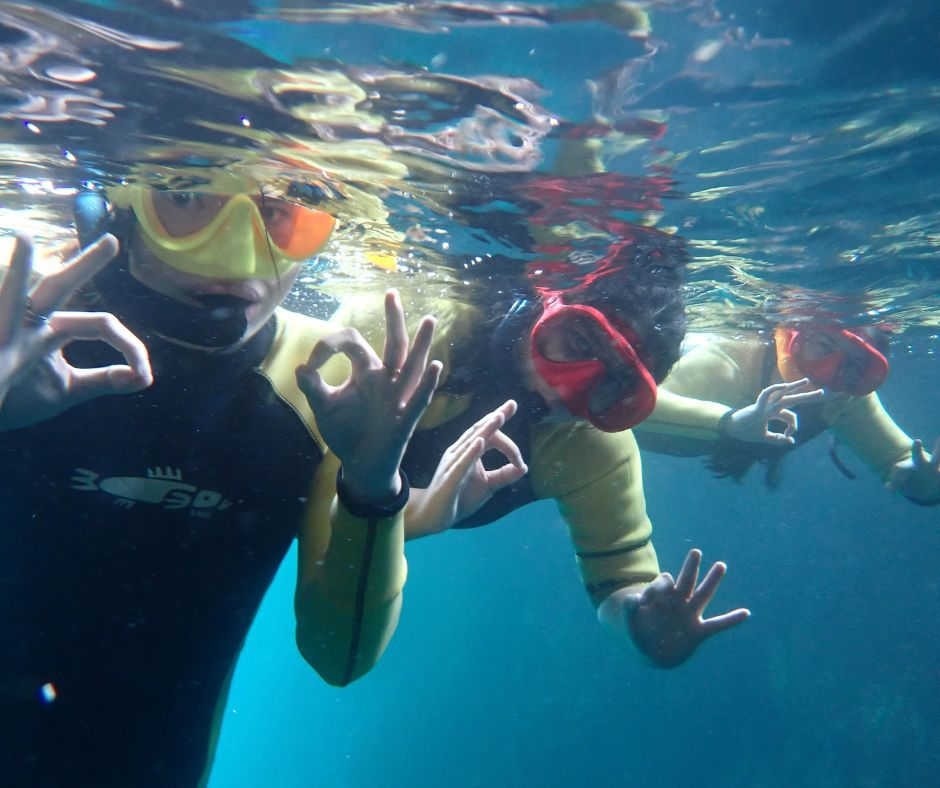Think like a fish! Clarity Tubes 101
- Simone Bahr
- Aug 12
- 2 min read
Updated: Aug 16
An introduction to underwater visual clarity in New Zealand's streams with Briar Broad and Hana Aickin
Why does clarity matter?
Hana: “We want to be thinking like a fish. If a fish can only see 10 or 20 centimetres ahead, it can’t spot its prey—and it can’t spot predators. They’re kind of in trouble at that stage.”
Imagine you’re a tuna (eel) gliding through the cool ribbon of a stream. Your whiskered face is tuned to the current, your eyes flicking for movement, for shimmer, for the flash of a smaller fish or the dark shadow of a threat. To you, clarity is more than a luxury—it’s survival.
Or picture a kotare (kingfisher), perched above, scanning for that same shimmer. Both hunter and hunted rely on a thin glass of visibility between worlds. But when the water clouds with fine sediment—tiny particles of silt, algae, or runoff from the land—the game changes. The eel misses its mark. The small fry doesn’t see the danger coming. Light also struggles to reach the stream bed and the plants growing there.
Even for humans, murky water isn’t just inconvenient—it’s a hazard.
Briar: “One of the reasons we use a clarity tube is to show the sedimentation that’s occurring in a waterway."
Sediment doesn’t travel alone; it often carries bacteria, nutrients, and pollutants, affecting the whole ecosystem.
How do we measure it?
A clarity tube (aka turbidity tube) offers a low-tech solution. Marked from 0cm to 100cm, it allows you to measure how far you can see underwater. With a clarity tube, you move the disc along the tube and note when it disappears, then raise it and note when it reappears. The average of those distances is your clarity reading. It's also good to get readings from different people and average those.
In the Wautaiti awa, a side tributary of the Rangitopuni River in Riverhead, Hana measured an average clarity of about 62 cm—considered good for the Auckland region. But she warns: “Clarity can shift with every rainfall or dry spell. One reading only tells part of the story—go back monthly and the stream starts to speak.”
What’s the stream telling us?
When the water turns cloudy, the stream is whispering a warning. Development, new housing, farming, and erosion all contribute to sediment in the water. As Hana notes, “That impacts biodiversity in the stream too.”
For the tuna below, the kotare above, and the people living nearby, clarity is a shared concern. It reveals what’s happening not just in the stream, but across the surrounding hills and paddocks, and in the choices we make.
When we listen to what the water shows us—or hides—we begin to understand the deeper forces shaping our freshwater. And with that understanding comes the power to restore, protect, and care.
Want to learn more?
Check out Page 14 of Wai Care's Stream Manual (links to PDF file)






Comments